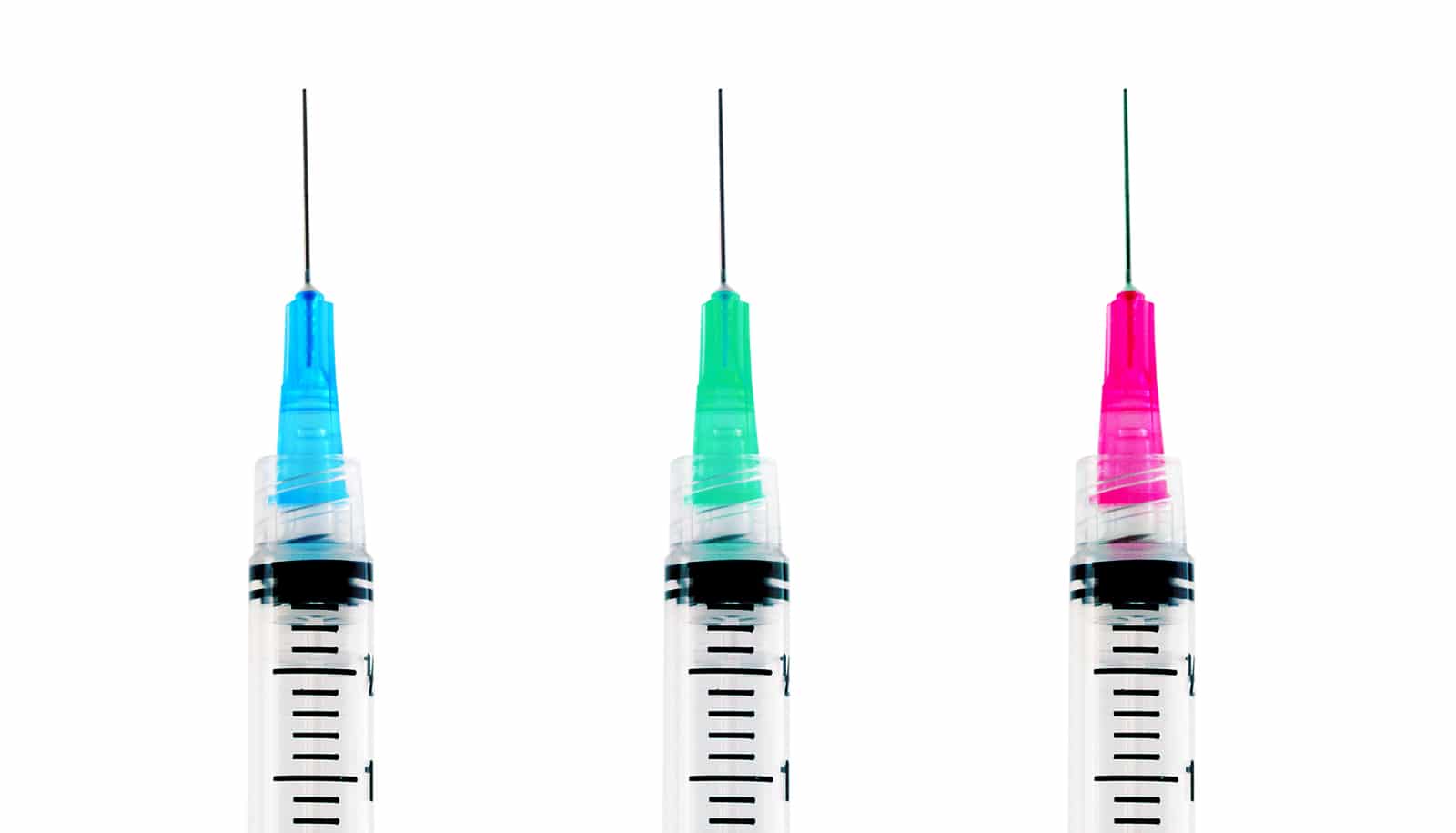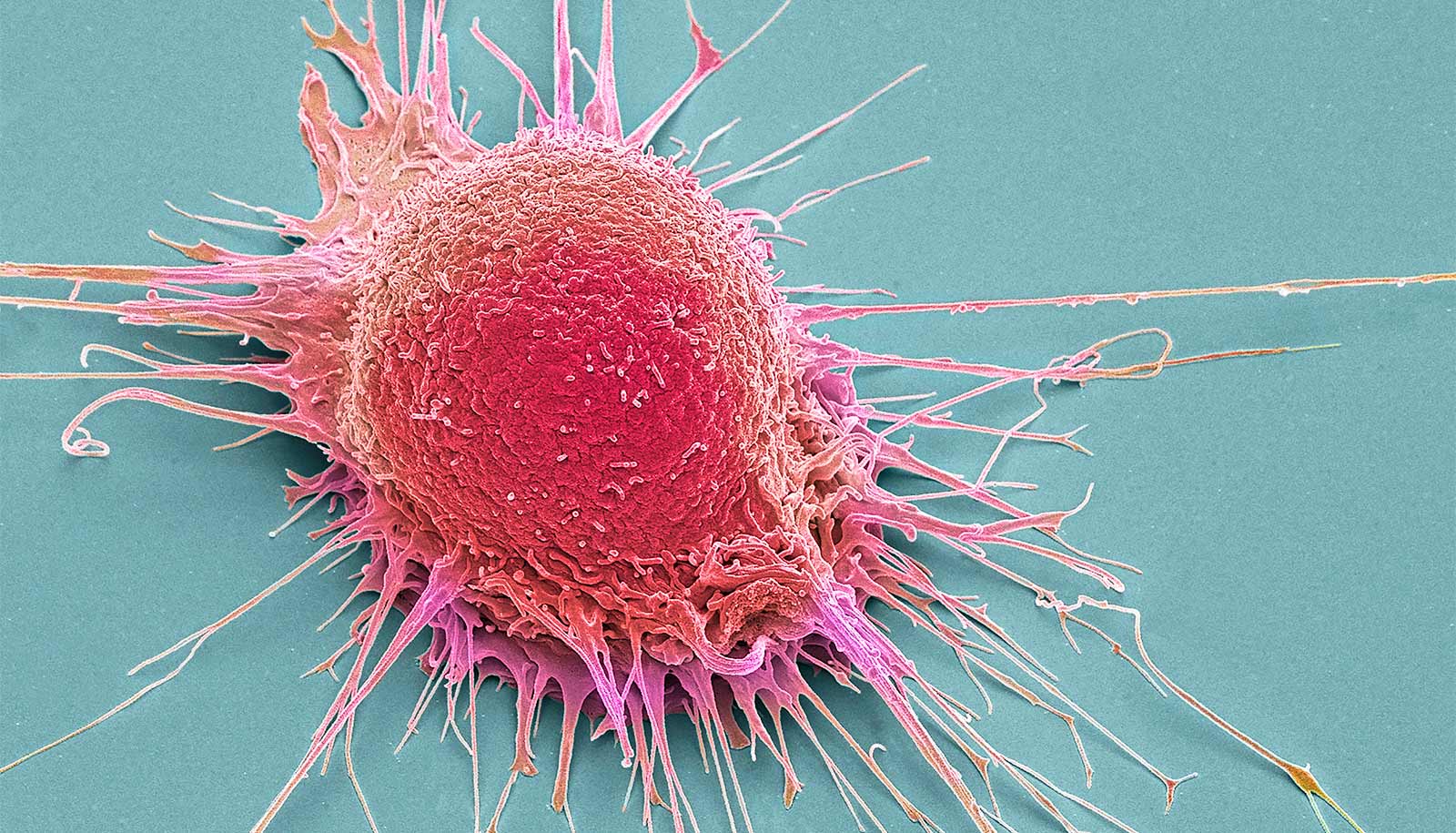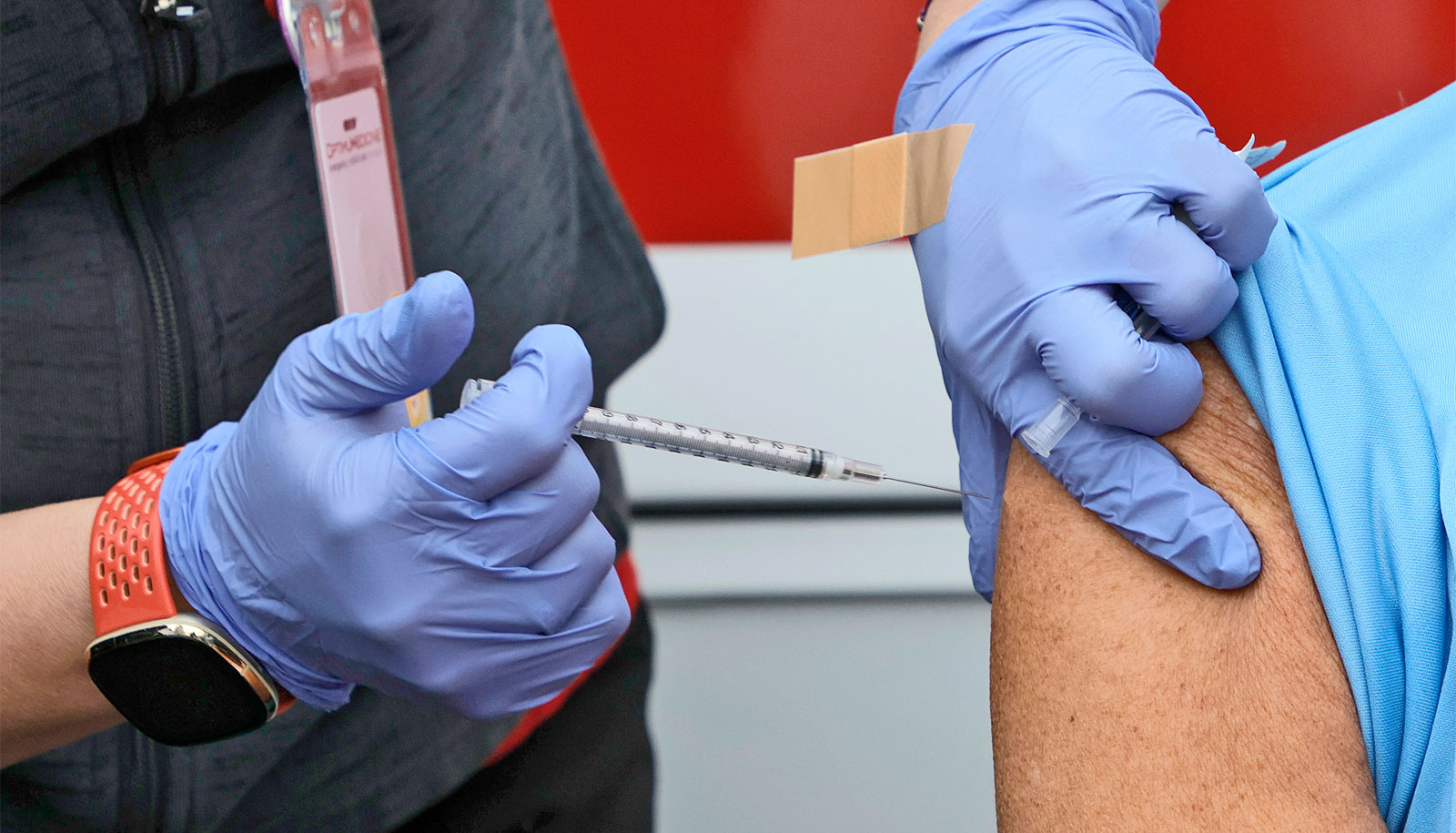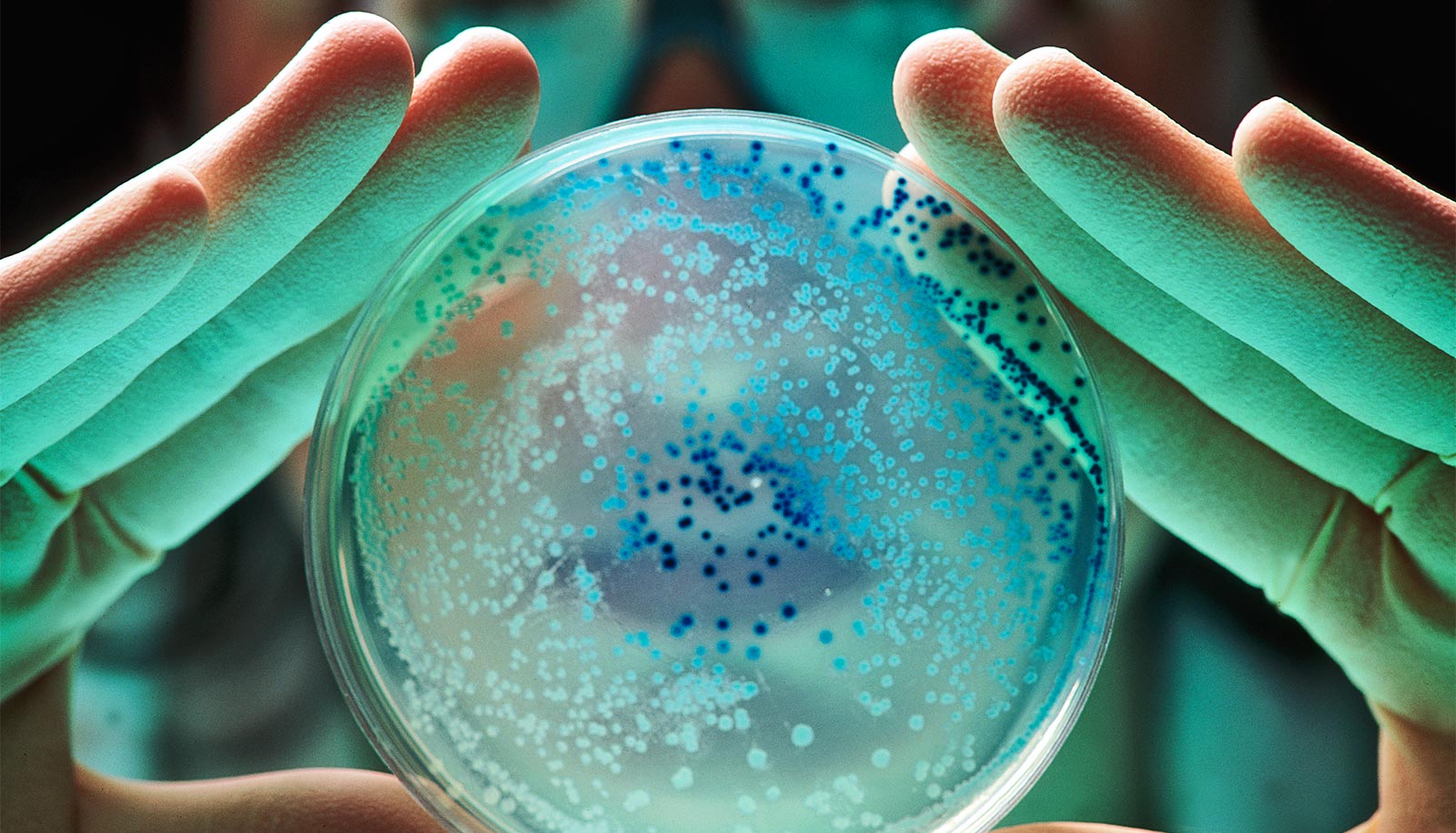A new approach to vaccine design could lead to one for HIV, say researchers, who have tested their work in monkeys.
Traditional vaccines typically cause a strong stimulation of the parts of the immune system that are most responsive to the specific virus. But the reaction to the vaccine and the infection is often so intense that the immune system “loses momentum” and consequently can’t completely eliminate the virus.
Researchers have therefore designed a vaccine that boosts the cells of the immune system responsible for the less exposed parts of the virus. As a result, the cells can distribute the “work load” and keep up defense against the virus attack for longer. This gives the immune system time to build a more efficient defense, which may then defeat the last of the virus.
“We’re presenting an entirely new vaccine solution,” says Peter Holst, research team leader and associate professor in the immunology and microbiology department at the University of Copenhagen.
“Our vaccine supports the work of the immune system in developing an effective combating mechanism against the virus, rather than immediately combating the toughest parts of the virus. In combination with other vaccines, this approach can prove to have a highly efficient effect.”
Could waste from coral be our secret weapon against AIDS?
The results show that this technology can control the SIV virus infection (simian immunodefiency virus) in monkeys. SIV is a chronic infectious disease and a highly realistic representation of HIV. The results are an important step toward developing a vaccine against HIV and other chronic infections.
“The next phase of our work is to build virus control in all infected animals and later in humans. We’re convinced that it’s possible to identify further improvements in our experiments and thus achieve a well-functioning vaccine, initially against HIV, but also against other chronic infections,” says Holst.
The study appears in the journal EbioMedicine. Support came from the Danish AIDS Foundation and the Danish Council for Independent Research.
Source: University of Copenhagen



